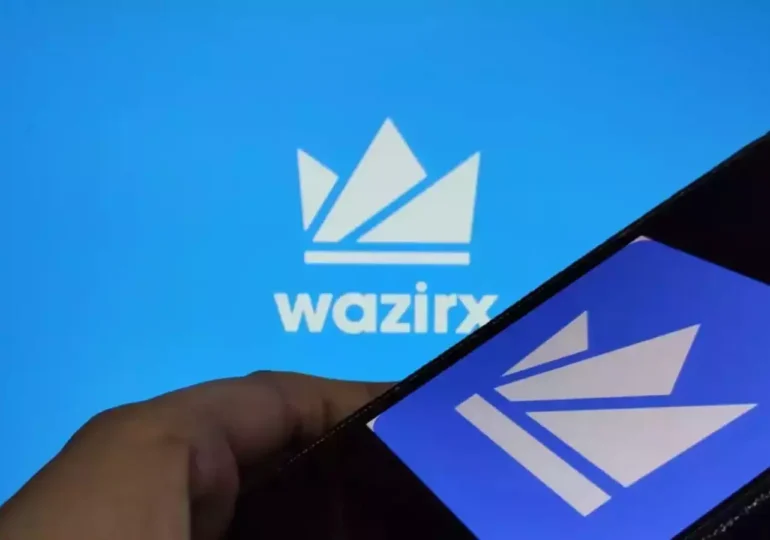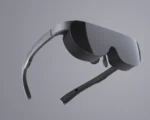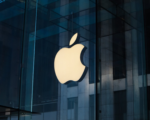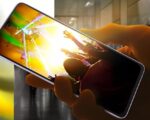Apple Granted Two Patents Aimed at Enhancing iPhone Screen Privacy from Prying Eyes
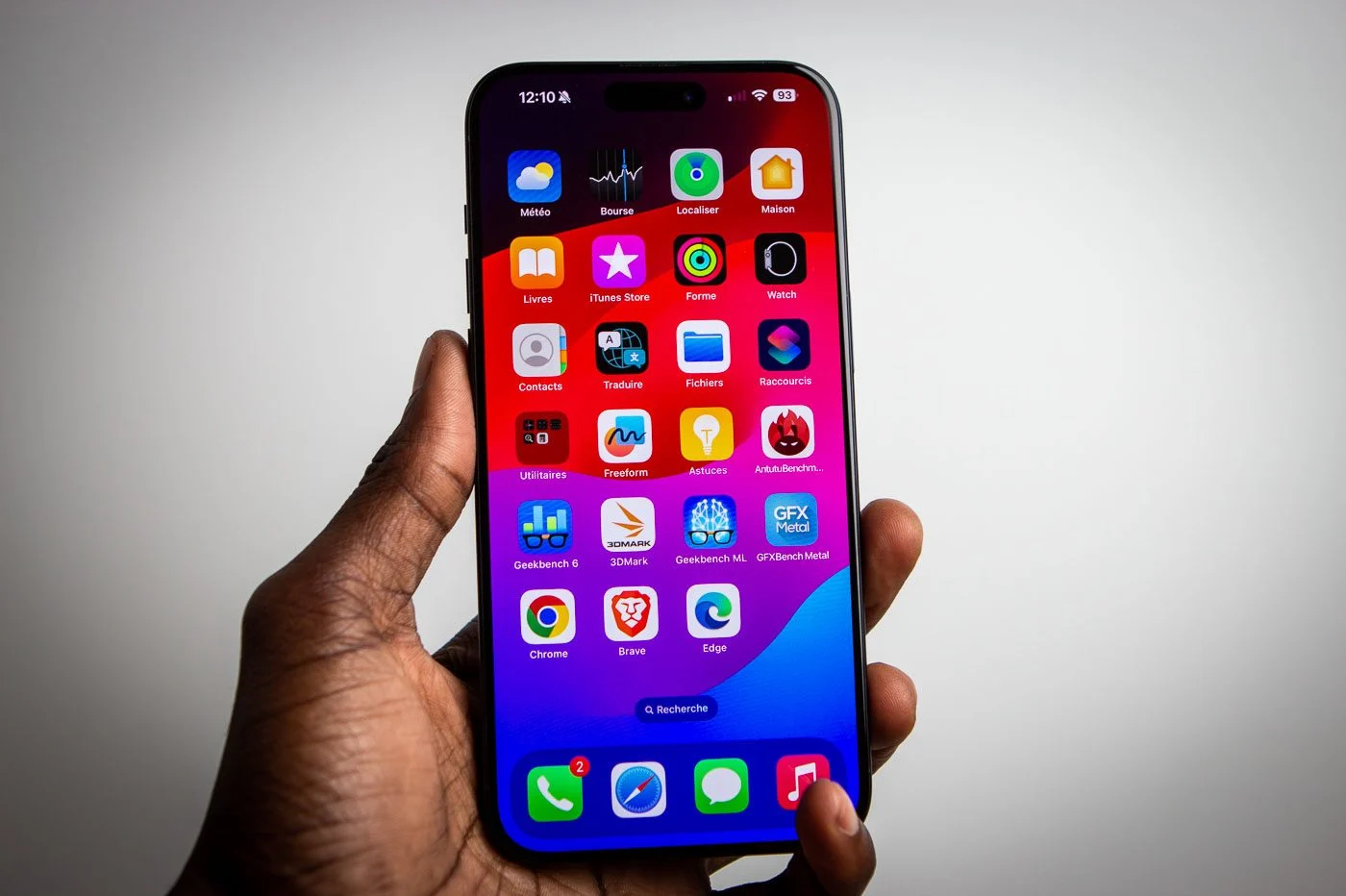
Apple’s patent details a technology allowing for the adjustment of display viewing angles through a filter controlled by an electric current.
Apple was recently granted two patents that could allow the company to develop technology that would make it difficult for snoopers to keep an eye on your iPhone or Mac. The novel screen technology could help protect information shown on a display by limiting the viewing angles of the display — this could replace the multipurpose screen protectors utilised by smartphone users that attempt to achieve the same result. The company has explored two methods of implementing the privacy features in its products.
Apple’s recently granted patent (via Apple Insider) refers to the use of a ‘privacy film’ that would be applied on curved displays in order to protect the contents of the screen from people in the vicinity. The document describes the use of a film with a light-blocking layer with opaque and transparent sections that is “interposed between the first and second transparent substrates”.

As a result, a display equipped with the privacy film would only show the contents of the screen clearly to users sitting in front of the display, while offering a distorted or blank view to other users who are trying to look at the screen. However, the contents of the screen will still be visible from certain angles, allowing people sitting behind the user to pry on their activity.
Apple’s second patent, published on November 21, discusses ‘displays with adjustable angles of view’. It describes the use of an angle-of-view layer comprised of adjustable light blocking structures created using electrochromic material interposed between the first and second layers of the display.

Apple’s patented technology allows users to apply a current to first and second electrodes, rendering the electrochromic material opaque and preventing nearby viewers from seeing the screen content. This process is reversible by applying an electric current to the same electrodes, making the material more transparent and enhancing screen viewing angles.
It’s important to note that while Apple has obtained multiple patents, there is no indication that the company intends to implement this privacy-enhancing technology in its displays. Apple is rumored to be focusing on developing its mixed reality headsets as the potential successors to the iPhone in the next decade. These wearable devices provide improved privacy as the virtual display is visible only to the wearer of Apple’s spatial computer.



